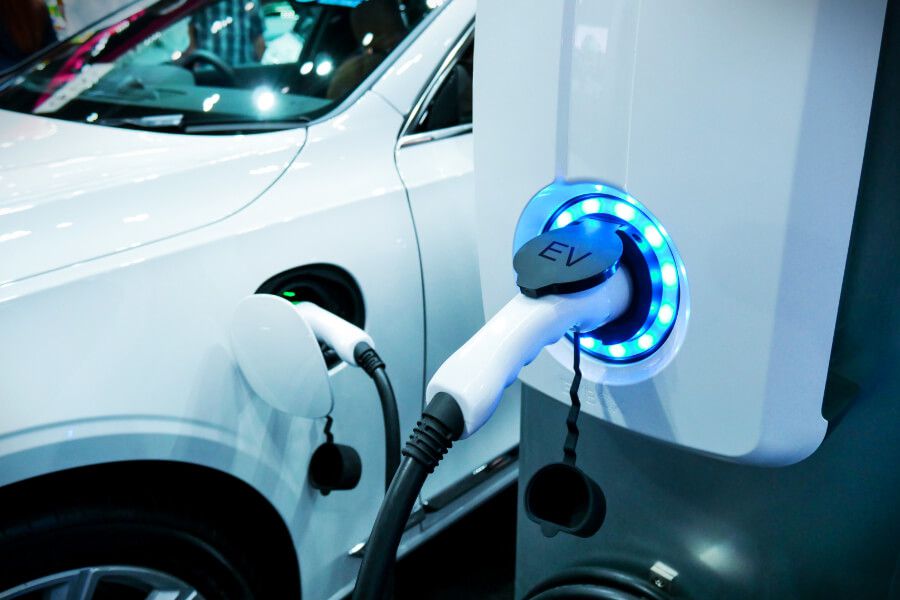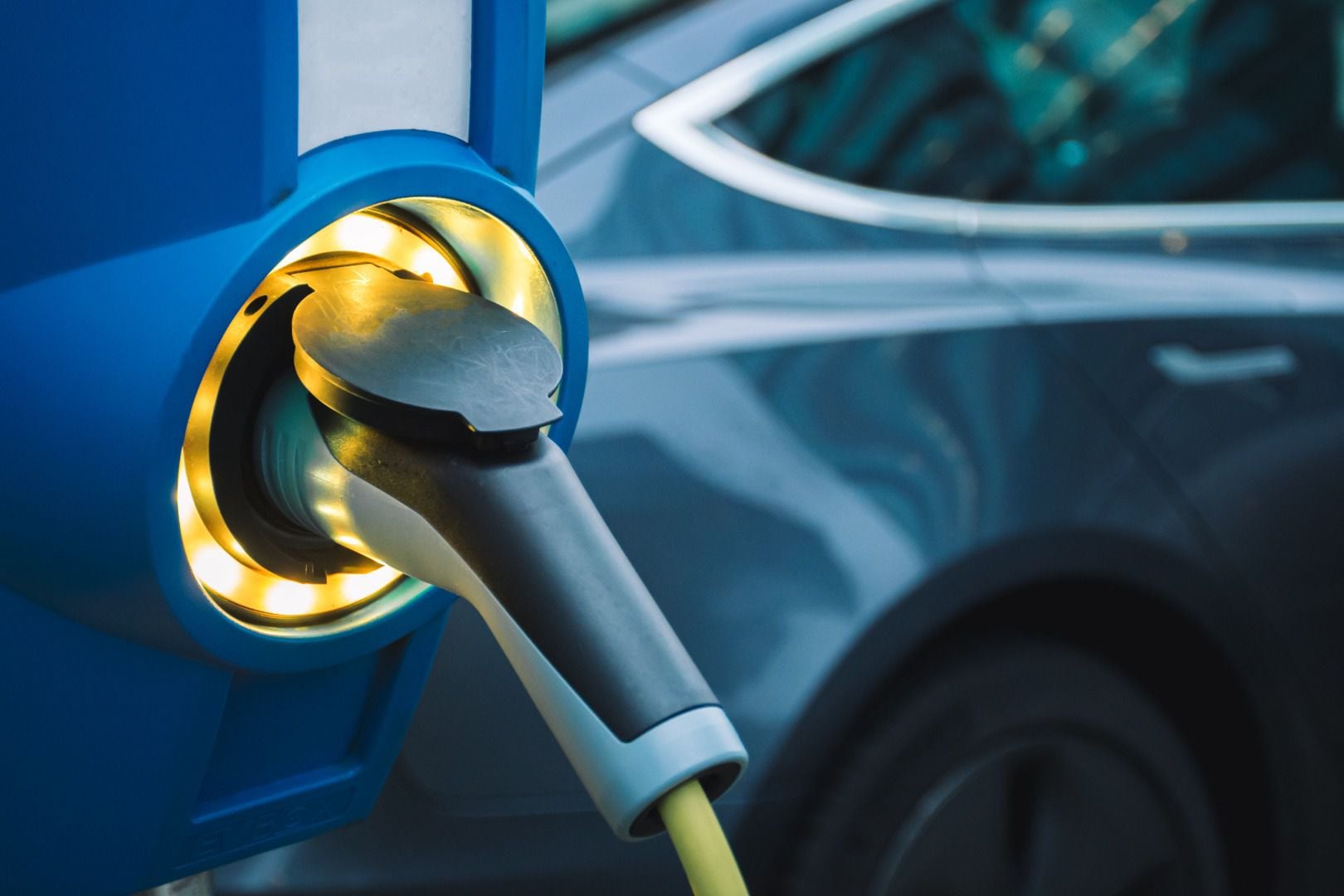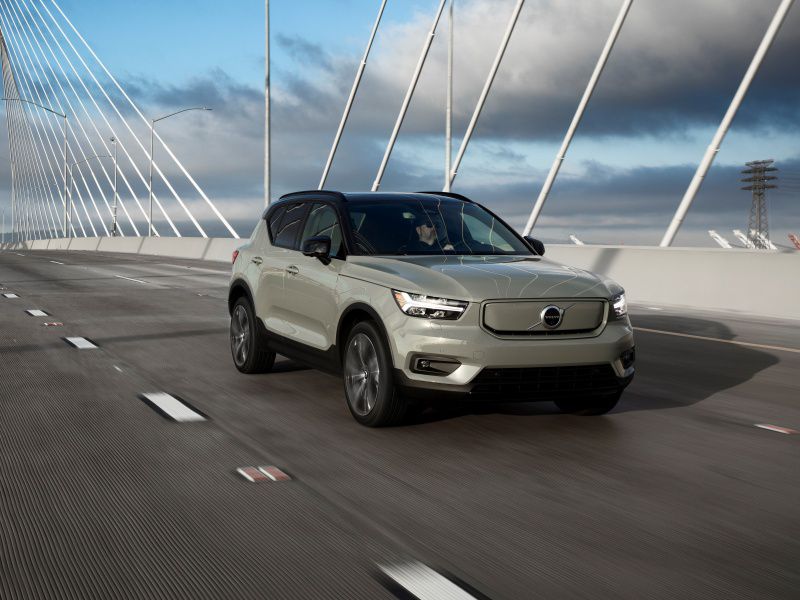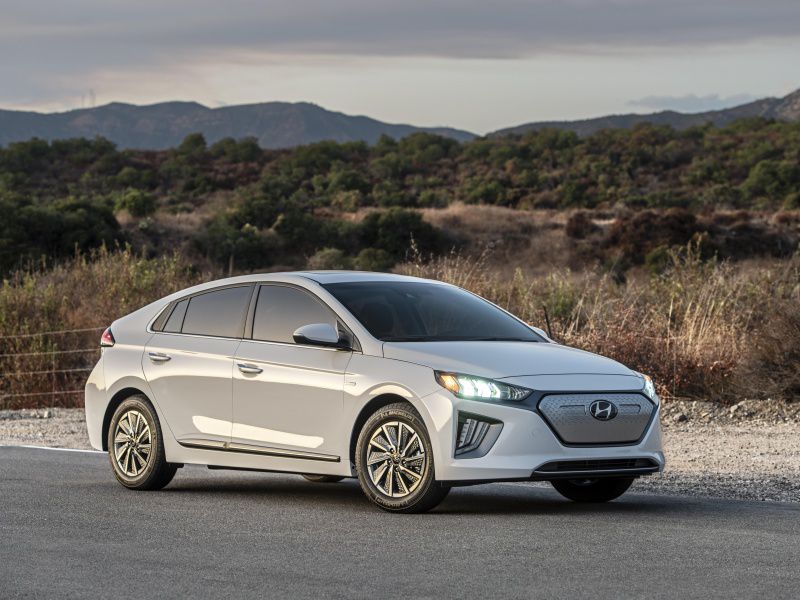Recent Articles
Popular Makes
Body Types
How Government Subsidies Can Help You Buy an EV

cardrivingadobe
While a global pandemic and a European war have replaced global climate change on the list of major concerns, the push to persuade carbuyers to switch from conventional internal-combustion engine (ICE) vehicles to electric vehicles (EVs) continues. With this topic swirling in the public square, American consumers are increasingly curious about government subsidies and incentives that could help them buy an electric vehicle. At the same time, encouraged by government policymakers and environmental pundits, global carmakers are increasingly embracing an “electric future” in which all cars, trucks and vans will be zero-emission electrics. Those carmakers have announced ambitious goals for the elimination of ICE vehicles in favor of battery-powered electrics and, to a much lesser extent, fuel-cell vehicles that are also regarded as essentially zero-emission. (In reality they emit water vapor.) When carmakers get enthusiastic, they advertise; and when people see ads about EVs, they start to wonder, “Should I buy one?”
The Push for EVs
Several factors have spurred the push for the switch from ICE vehicles to EVs. First, of course, is the desire to limit potentially destructive climate change. ICE vehicles emit carbon implicated in climate change; EVs don’t. Second, investors the world over are betting on EVs and against vehicles that use fossil fuel. A simple look at the market capitalization of EV makers indicates that quite clearly. And third, government incentives subsidize the engineering, development, marketing, and sales of EVs. Wouldn’t you like to be in a business where the government pays consumers to buy your products? And from the other side of the equation, wouldn’t you like to know how government subsidies can help you buy an EV?

History of EV Subsidies in America
To better understand how government subsidies can aid your quest to buy an electric vehicle it is valuable to understand their recent history. In 2009, the U.S. federal government and then-President Barack Obama announced a $2.4 billion program designed to persuade U.S. consumers to ditch their gasoline-gustling vehicles in favor of zero-emission EVs and plug-in hybrid vehicles. A major part of the program was the offer of a federal tax credit of up to $7,500 to individual taxpayers who purchased an electric vehicle. This program came in response to the fact that an EV typically did (and still does) cost considerably more than the comparable conventionally powered vehicle. The thinking was that the tax incentive would “jump start” the EV industry, getting more Americans to give the vehicles a try. Further, the expectation was that once consumers experienced the benefits of EVs and once economies of scale were in place to lower the cost of batteries, the incentives would no longer be needed and would sunset themselves.

Did Subsidies Spur EV Sales?
So did the plan work? The fact is, the jury is still out because despite the program having been in place for over a decade now, EV sales are still a minor portion of the new vehicle market. Over the course of the past 12 years, new-vehicle sales have been robust, but crossover SUVs, not electric vehicles, experienced most of the growth. The market share EVs captured for much of the past 10 years was under two percent. More recently, however, EV sales have picked up as more carmakers began offering new EV models. Now market share has topped three percent and could be well on its way to four percent. While that might not seem like startling progress, it could represent an opportunity for you. Why? Because the incentives designed to spur EV sales are still in place, and you might be able to take advantage of them.

Photo by BullRun - stock.adobe.com
Government Subsidies & You
When the federal incentive program was being contemplated in Congress, one possibility was to offer each American who bought an electric vehicle a cash amount. That straightforward, easy-to-grasp scenario was put into play recently as “COVID-19 Relief.” But the lawmakers and Administration didn’t do that. Instead, they decided to offer federal tax credits of up to $7,500 to taxpayers who purchase a new EV. (Some plug-in hybrids also qualify for tax incentives.) What is important here is that the actual amount you get depends upon at least three things: what type of vehicle you buy, who made it, and your personal financial situation and tax liability. This is hardly straightforward, but we’ll walk you through it.

Photo by Adobe Stock
The Type of Vehicle You Buy
First of all, the type of electric vehicle purchased is critically important. The federal electric tax credit only applies to electric vehicles that are charged from an external source with battery packs of 4 kWh capacity or greater. This excludes hybrids but includes plug-in hybrids. The basic tax credit is $2,500 plus $417 per each kWh above 4 kWh but not exceeding $5,000. In practice, the typical EV qualifies for a $7,500 credit because an EV must have a battery pack that far exceeds 4 kWh. The $7,500 credit also applies to hydrogen fuel-cell cars. A plug-in hybrid like the 2022 Volvo XC90 in extended range form qualifies for the $7,500 tax incentive. So does the battery-electric Volvo XC40 Recharge. The Department of Energy’s Fueleconomy.gov operates a handy web page https://www.fueleconomy.gov/feg/taxevb.shtml that shows which plug-in and EV models qualify for tax credits.

Photo by Volvo
Who Made the Vehicle You Buy
Another important aspect of the federal tax credit that requires explanation is that not all EVs qualify for it even though they meet the technical requirements of battery-pack capacity. When the lawmakers put the program together, they put a cap on the number of vehicles per manufacturer that qualified for the incentive. That number is 200,000, and as this is being written, both Tesla Motors and General Motors have burned through that number and reached the cap. So if you buy a Tesla or a Chevy Bolt EV, no tax credit for you. On the other hand, if you buy an EV from a start-up manufacturer or an old established multi-national conglomerate, the vehicle will qualify itself for the federal tax incentive.

Photo by Hyundai
Your Personal Tax Liability
The third part of getting the government to subsidize your car purchase doesn’t depend on how many vehicles you own or your net worth or expenditures you make to set up home charging. Instead, it depends on your federal tax liability. You must have a federal tax liability in the year you purchase the electric car or plug-in hybrid to get the tax credit. Furthermore, to get the maximum tax credit, you must have a tax liability of at least $7,500. If you have a lesser tax liability in that year — say $5,000 — you can only claim a credit of $5,000. While one might think that a government subsidy would be designed to aid low-income people more so than the well-to-do, this actually makes it easier for middle- and high-income people to qualify for the incentive than for people of more moderate means.

Photo by Suchada Toemkraisri-Adobe Stock
How Do You Get Credit for Your Credit?
As you might expect from a government program, the federal tax incentive for EV purchase involves filling out a form and having patience. While a car manufacturer incentive is typically applied right at purchase, getting the federal tax incentive can — and probably will — take months. But we expect you’re willing to wait months for $7,500. When you file your income tax return for the tax year in which you purchased and took possession of the EV, you must file an internal revenue form (IRS Form 8936). Then the tax credit becomes part of your overall IRS filing, potentially reducing your tax liability by as much as $7,500. In addition, individual states and localities offer their own incentives and subsidies; so do many electric utility companies. Don’t disregard the utilities either. Not only can they be a source of additional subsidies to offset the price of acquiring an EV, but they can also be an excellent source of information regarding the government monies you might qualify for in the area where you live.

Photo by Adobe Stock